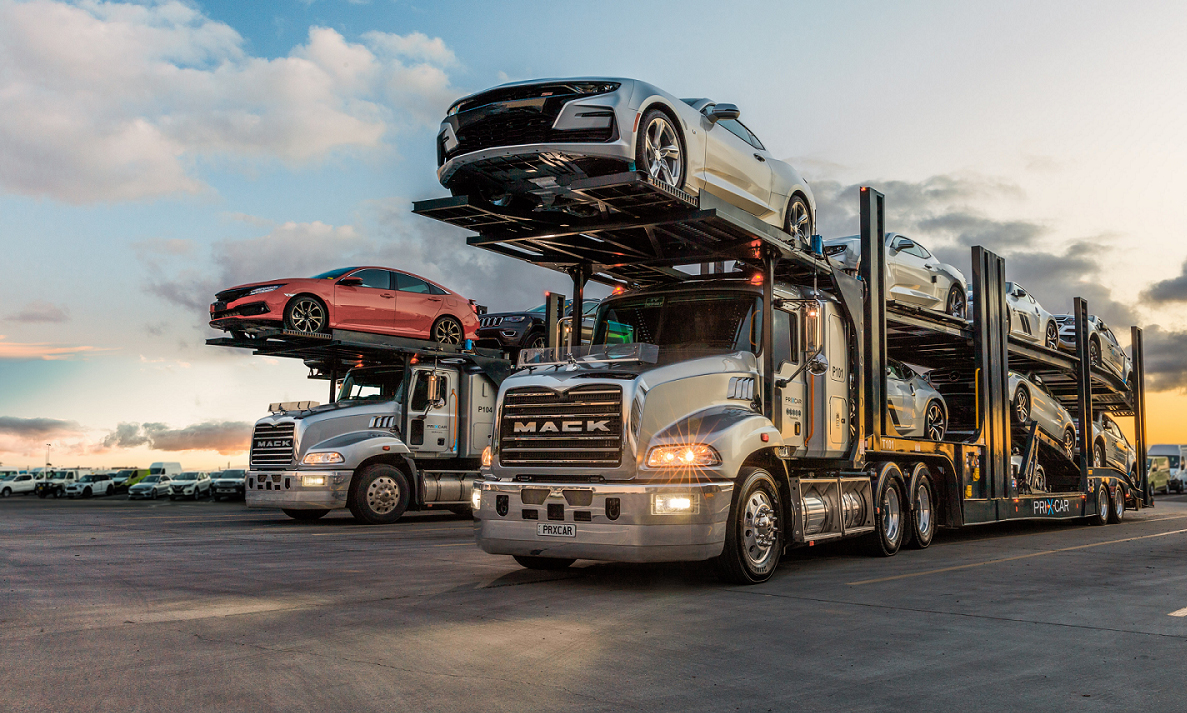In the dynamic landscape of global trade, the demand for efficient and reliable vehicle shipping services has never been higher. For those engaged in import-export activities in Australia, the process of moving vehicles across borders can be a complex undertaking. In this article, we’ll delve into the intricacies of vehicle shipping in Australia, exploring key considerations and strategies to streamline your import-export operations.
Understanding the Basics of Vehicle Shipping in Australia
1. Compliance is Key:
When it comes to importing or exporting vehicles, compliance with local regulations is paramount. In Australia, the Department of Infrastructure, Transport, Regional Development, and Communications plays a pivotal role in setting and enforcing these regulations. From emissions standards to vehicle safety requirements, staying abreast of the latest compliance guidelines is essential for a smooth shipping process.
2. Choosing the Right Shipping Method:
Selecting the appropriate shipping method is crucial for a cost-effective and timely delivery. Whether you opt for roll-on/roll-off (RoRo) shipping or container shipping depends on factors such as the type and number of vehicles, budget constraints, and destination. Each method has its own set of advantages and considerations, and understanding these can significantly impact your import-export logistics.
Navigating the Vehicle Shipping Landscape in Australia
1. Expert Guidance:
Navigating the import-export maze requires expertise. Collaborating with experienced freight forwarders and customs brokers can simplify the process and ensure compliance with all relevant regulations. These professionals possess the knowledge and networks to expedite customs clearance, handle documentation, and navigate any unforeseen challenges that may arise during the shipping process.
2. Insurance Matters:
Protecting your investment is non-negotiable. Vehicle shipping inherently involves risks, from potential damage during transit to unforeseen events. Securing comprehensive insurance coverage for your vehicles provides peace of mind and financial protection in the event of any untoward incidents.
The Role of Technology in Streamlining Operations
1. Digital Documentation:
Embracing digitalization is key to efficiency. Utilize digital platforms and tools for document submission, customs declarations, and tracking. This not only reduces paperwork but also enhances transparency and allows for real-time monitoring of your shipments.
2. Real-Time Tracking Systems:
Stay in the know with real-time tracking systems. Modern shipping companies offer advanced tracking capabilities that provide up-to-the-minute information on the location and status of your vehicles. This visibility is invaluable for making informed decisions and ensuring timely delivery.
Conclusion
In the world of vehicle shipping in Australia, staying ahead requires a combination of compliance, strategic planning, and leveraging technology. By understanding the intricacies of the import-export process and embracing innovative solutions, you can navigate the complexities of vehicle shipping with confidence. Whether you’re a seasoned importer/exporter or just getting started, optimizing your logistics ensures a smoother journey for your vehicles across borders.
In conclusion, with the right knowledge, partnerships, and a tech-savvy approach, you can turn the challenges of vehicle shipping in Australia into opportunities for growth and success in the global marketplace.

